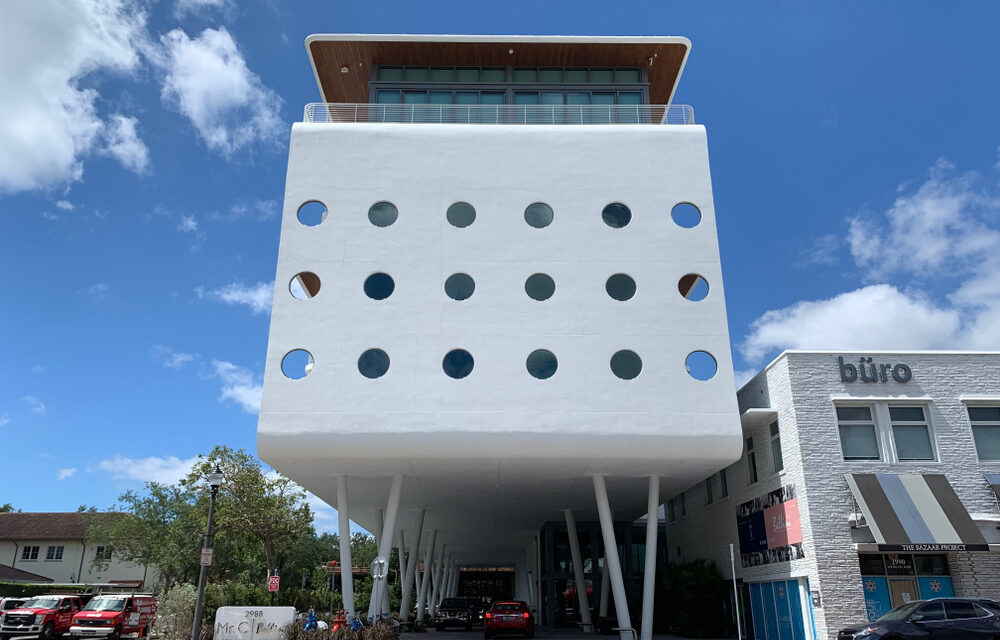Miami’s Commercial Real Estate Market
Miami’s commercial real estate market has seen significant growth and development in recent years, driven in large part by the city’s strong economic fundamentals and favorable business climate. With its strategic location, diverse economy, and thriving tourism industry, Miami has become a hub for commercial real estate investment, attracting both domestic and international investors.
The commercial real estate market in Miami encompasses a range of property types, including office, retail, industrial, and multifamily properties. The city’s downtown area has seen a surge in new office developments in recent years, with major projects such as Brickell City Centre and Miami Worldcenter attracting high-profile tenants and investors. The retail market has also experienced growth, with new shopping centers and luxury malls such as the Miami Design District and Brickell City Centre drawing both local and international shoppers.
The industrial real estate market has also been a strong performer in Miami, with the city’s strategic location and access to major ports and transportation hubs making it an attractive location for distribution and logistics centers. The multifamily market has seen steady growth as well, with rising demand for rental properties and a growing population of young professionals and retirees.
One of the key drivers of the commercial real estate market in Miami is foreign investment, particularly from Latin American and European buyers. Miami’s status as a global gateway city has made it a favored destination for international investors seeking stable and high-yielding investments. This has led to significant investment in the city’s commercial real estate market, with foreign buyers accounting for a large share of total transactions.
However, Miami’s commercial real estate market is not without challenges. Rising property values and rents have made it increasingly difficult for small businesses to afford commercial space, leading to concerns about the displacement of local businesses and the impact on neighborhood character. There are also concerns about the impact of climate change and sea level rise on the city’s real estate market, as rising sea levels and more frequent natural disasters threaten to erode property values and increase insurance costs.
In conclusion, Miami’s commercial real estate market is a dynamic and rapidly evolving sector, driven by the city’s strong economic fundamentals and favorable business climate. While foreign investment has played a significant role in the market’s growth, there are also challenges and concerns that must be addressed to ensure the long-term sustainability and inclusivity of Miami’s commercial real estate sector.



